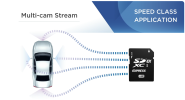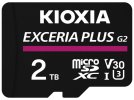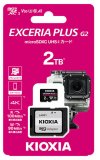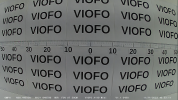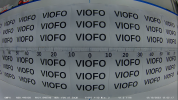The Apple iPhone 15 Pro Max is a flagship phone.
It does 4K 60fps at 1768Mbps.
It is a bit power hungry when achieving that, and suffers from "Slow recording speed" errors if you don't meet Apple's storage requirements:
Of course it can't manage 4 simultaneous channels, only one.
We have to use flash storage, magnetic storage wont survive an accident.
Flash storage is not designed for recording multiple simultaneous channels. If you look at the speed test results then it is quite fast for sequential writes, but very poor for the random (and parallel) writes.
We can't buffer the video up for long enough to make it reasonably sequential, because if there is an accident involving an electrical power cut, then the video will be lost.
The answer is either to use one microSD card for each channel, or to store all channels in a single file, which is then incompatible with all video players, or to have some big internal buffers with maybe 10 minutes of video, that can make the writes to card reasonably sequential, but that requires an internal battery to cope with power loss...
Given that most people view/download their video files via the phone app these days, maybe storing the video in incompatible files while on the dashcam is acceptable?
eMMC guarantees that the dashcam will be replaced when the flash storage wears out, and that the dashcam warrantee expires when the storage wears out, just as it does when a battery wears out. So they must think it will last long enough that the purchaser will purchase an upgrade from the same supplier. Currently eMMC tends to only be found in 1080 resolution single channel dashcams?
As for UFS, I think that when it comes to simultaneous video files from multiple channels, there is no real performance advantage? It is still flash memory, only the interface is different.


